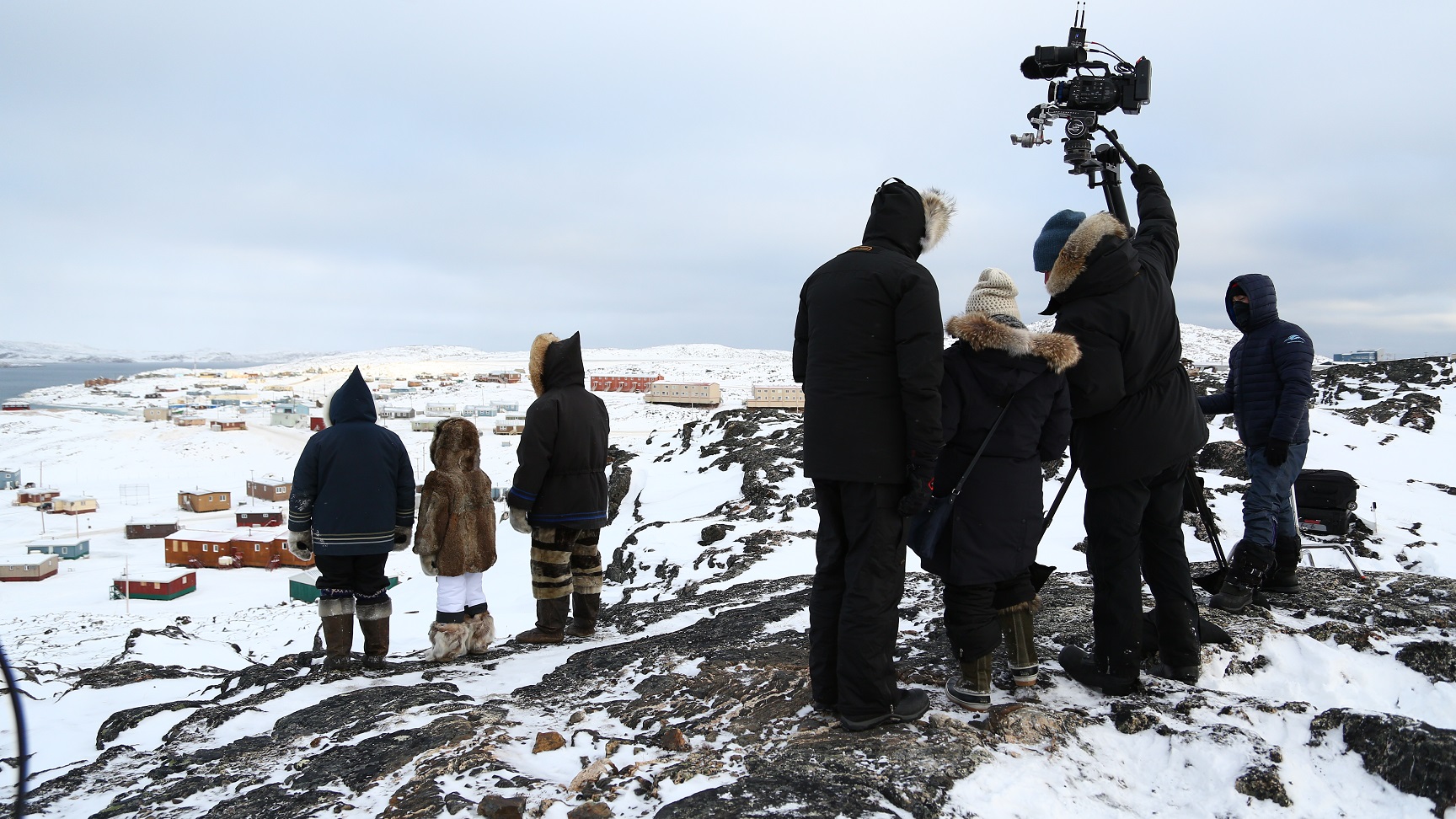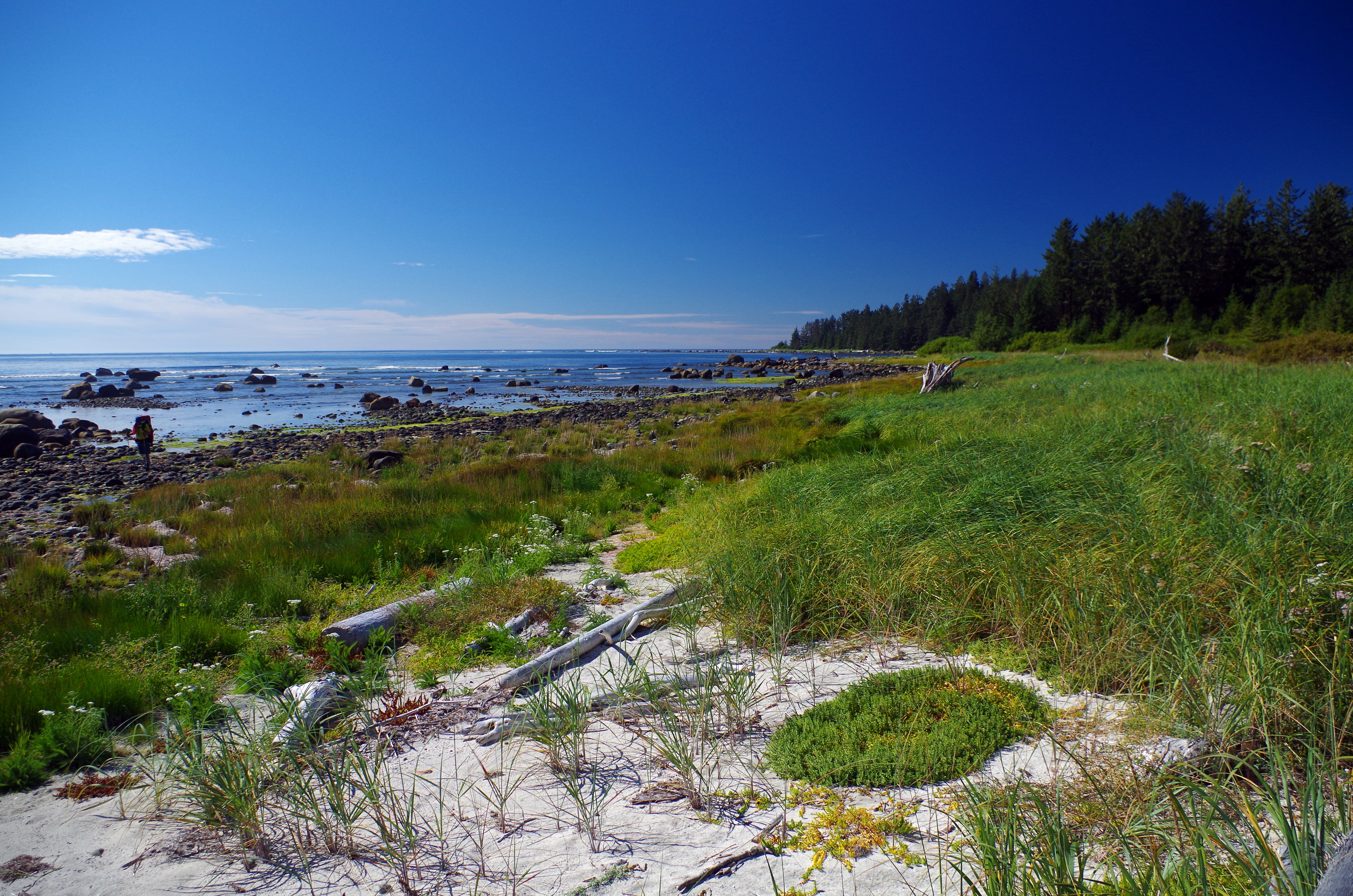Browse "Communities & Sociology"
-
Article
Henrietta Muir Edwards
Henrietta Louise Edwards (née Muir), women’s rights activist, reformer, artist (born 18 December 1849 in Montreal, Canada East; died 9 November 1931 in Fort Macleod, AB). Henrietta Edwards fought from a young age for women’s rights and education, as well as women’s work and health. She helped establish many movements, societies and organizations aimed at improving the lives of women, and was instrumental in passing Alberta’s Dower Act in 1917. She was also one of the Famous Five behind the Persons Case, the successful campaign to have women declared persons in the eyes of British law. However, her views on immigration and eugenics have been criticized as racist and elitist. She was named a Person of National Historic Significance in 1962 and an honorary senator in 2009.
"https://d2ttikhf7xbzbs.cloudfront.net/s003703k.jpg" // resources/views/front/categories/view.blade.php
https://d2ttikhf7xbzbs.cloudfront.net/s003703k.jpg
-
Article
Henry Alline
Henry Alline, evangelist, hymnist, theologian (b at Newport, Rhode I 14 June 1748; d at N Hampton, NH 2 Feb 1784). An itinerant evangelical preacher in the Maritimes, Alline wrote hymns, religious tracts and a Life and Journal.
"https://development.thecanadianencyclopedia.ca/images/tce_placeholder.jpg?v=e9dca980c9bdb3aa11e832e7ea94f5d9" // resources/views/front/categories/view.blade.php
https://development.thecanadianencyclopedia.ca/images/tce_placeholder.jpg?v=e9dca980c9bdb3aa11e832e7ea94f5d9
-
Article
Henry Bird Steinhauer
Henry Bird Steinhauer, Shahwahnegezhik (Ojibwa) or Sowengisik (Cree), meaning "Southern Skies"; Methodist minister, Indigenous leader (b at Rama Indian settlement, Lk Simcoe, UC c 1818; d at Whitefish Lake, Alta 29 Dec).
"https://development.thecanadianencyclopedia.ca/images/tce_placeholder.jpg?v=e9dca980c9bdb3aa11e832e7ea94f5d9" // resources/views/front/categories/view.blade.php
https://development.thecanadianencyclopedia.ca/images/tce_placeholder.jpg?v=e9dca980c9bdb3aa11e832e7ea94f5d9
-
Article
Henry John Cody
Henry John Cody, clergyman, educator (b at Embro, Ont 6 Dec 1868; d at Toronto 27 Apr 1951). Educated at U of T, he was ordained a Church of England priest in 1894. He served at St Paul's Church, Toronto, for 40 years, the last 25 as rector.
"https://development.thecanadianencyclopedia.ca/images/tce_placeholder.jpg?v=e9dca980c9bdb3aa11e832e7ea94f5d9" // resources/views/front/categories/view.blade.php
https://development.thecanadianencyclopedia.ca/images/tce_placeholder.jpg?v=e9dca980c9bdb3aa11e832e7ea94f5d9
-
Article
Henry Scadding
Henry Scadding, clergyman, scholar (b at Dunkeswell, Eng 29 July 1813; d at Toronto 6 May 1901). Educated at Upper Canada College and St John's College, Cambridge, Scadding became a Church of England clergyman in 1838.
"https://development.thecanadianencyclopedia.ca/images/tce_placeholder.jpg?v=e9dca980c9bdb3aa11e832e7ea94f5d9" // resources/views/front/categories/view.blade.php
https://development.thecanadianencyclopedia.ca/images/tce_placeholder.jpg?v=e9dca980c9bdb3aa11e832e7ea94f5d9
-
Collection
Heritage Minutes
The Heritage Minutes collection is a bilingual series of history-focused public service announcements. Each 60-second short film depicts a significant person, event or story in Canadian history. They are produced by Historica Canada, the not-for-profit organization that also publishes this encyclopedia. First released in 1991, the Heritage Minutes have been shown on television, in cinemas and online. They have become a recognizable part of Canadian culture. The collection currently includes 100 episodes.
"https://d2ttikhf7xbzbs.cloudfront.net/media/media/1bfa3d45-2952-4f79-b7d4-4c6cb6601164.jpg" // resources/views/front/categories/view.blade.php
https://d2ttikhf7xbzbs.cloudfront.net/media/media/1bfa3d45-2952-4f79-b7d4-4c6cb6601164.jpg
-
Article
Hesquiaht
The Hesquiaht are Indigenous people residing on the west coast of Vancouver Island. “Hesquiaht” is an English version of the Nuu-chah-nulth word, heish-heish-a, which means, “to tear asunder with the teeth.” This refers to the technique of stripping herring spawn away from eel grass, which grew near Hesquiaht territory. Part of the Nuu-chah-nulth Tribal Council, the Hesquiaht number 756 registered members, as of 2021.
"https://d2ttikhf7xbzbs.cloudfront.net/media/media/5033f088-bc6f-4caf-9986-73989a1f9035.jpg" // resources/views/front/categories/view.blade.php
https://d2ttikhf7xbzbs.cloudfront.net/media/media/5033f088-bc6f-4caf-9986-73989a1f9035.jpg
-
Article
Hiawatha
Hiawatha is an important figure in the precolonial history of the Haudenosaunee (Iroquois) of present-day southern Ontario and upper New York (ca. 1400-1450). He is known most famously for uniting the Five Nations—Seneca, Cayuga, Onondaga, Oneida and Mohawk—into a political confederacy. In 1722, the Tuscarora, a tribe from much farther south, joined the Confederacy, forming what we now know as the Six Nations. The story of Hiawatha should not be confused with the popular poem by Henry Wordsworth Longfellow, The Song of Hiawatha (1885). While Longfellow references Hiawatha, the poem’s focus is actually an Algonquian cultural hero, Nanabozho. Whether this was an intentional or accidental error, Longfellow’s poem confused the history of Hiawatha.
"https://d2ttikhf7xbzbs.cloudfront.net/media/media/7a68d863-fc17-4c7e-93c6-f319e31f9706.jpg" // resources/views/front/categories/view.blade.php
https://d2ttikhf7xbzbs.cloudfront.net/media/media/7a68d863-fc17-4c7e-93c6-f319e31f9706.jpg
-
Article
Highway of Tears
The Highway of Tears refers to a 724 km length of Yellowhead Highway 16 in British Columbia where many women (mostly Indigenous) have disappeared or been found murdered. The Highway of Tears is part of a larger, national crisis of missing and murdered Indigenous women and girls. In 2015, the federal government launched a national inquiry into these cases. This article contains sensitive material that may not be suitable for all audiences.
"https://d2ttikhf7xbzbs.cloudfront.net/media/media/1f33c6d4-24d9-4dfa-9de4-11d8765e2ad3.jpg" // resources/views/front/categories/view.blade.php
https://d2ttikhf7xbzbs.cloudfront.net/media/media/1f33c6d4-24d9-4dfa-9de4-11d8765e2ad3.jpg
-
Article
Hilda Ramacière
Hilda Ramacière (née Hildegard Weiland), community worker and volunteer (born 7 November 1927 in Zizenhausen, Germany; died 6 January 2010 in Montreal, Quebec). Mrs. Ramacière left her mark through her social commitment in the Plateau Mont-Royal neighbourhood. A strong-minded and determined woman, she exemplified the pride of Montreal's immigrant community.
"https://d2ttikhf7xbzbs.cloudfront.net/media/Twitter_Cards/Hilda Rananciere.jpg" // resources/views/front/categories/view.blade.php
https://d2ttikhf7xbzbs.cloudfront.net/media/Twitter_Cards/Hilda Rananciere.jpg
-
Article
Hippies in Canada
“Hippies” is a term used to describe young people who participated in the 1960s counterculture movement, which originated in the United States and spread throughout Canada in the second half of that decade. As a noun, “hippie” was a play on the adjective “hip,” which was used to describe young bohemians who lived in Greenwich Village in New York City, and in San Francisco, in the 1950s and early 1960s. Hippies were part of the “baby boom” generation, born immediately following the end of the Second World War (see Baby Boomers in Canada). This demographic wave was significant enough to transform Canadian society; by the mid-1960s more than half of Canada’s population of 20 million was under the age of 25.
"https://d2ttikhf7xbzbs.cloudfront.net/media/new_article_images/HippiesinCanada/VW_Van_Hippies_British_Columbia.jpg" // resources/views/front/categories/view.blade.php
https://d2ttikhf7xbzbs.cloudfront.net/media/new_article_images/HippiesinCanada/VW_Van_Hippies_British_Columbia.jpg
-
Article
History of Acadia
Acadia’s history as a French-speaking colony stretches as far back as the early 17th century. The French settlers who colonized the land and coexisted alongside Indigenous peoples became called Acadians. Acadia was also the target of numerous wars between the French and the English. Ultimately, the colony fell under British rule. Many Acadians were subsequently deported away from Acadia. Over time, as a British colony and then as part of Canada, Acadians increasingly became a linguistic minority. Nonetheless, Acadians have strived to protect their language and identity throughout time.
"https://d2ttikhf7xbzbs.cloudfront.net/media/media/66c056b0-bee3-47a2-9680-5d5a50b5e7eb.jpg" // resources/views/front/categories/view.blade.php
https://d2ttikhf7xbzbs.cloudfront.net/media/media/66c056b0-bee3-47a2-9680-5d5a50b5e7eb.jpg
-
Article
Canada and the Holocaust
The Holocaust is defined as the systematic persecution and murder of 6 million Jews and 5 million non-Jews, including Roma and Sinti, Poles, political opponents, LGBTQ people and Soviet prisoners of war (POWs), by Nazi Germany from 1933 to 1945. Jews were the only group targeted for complete destruction. Nazi racial ideology considered them subhuman. Though Jewish Canadians did not experience the Holocaust directly, the majority endured anti-Semitism in Canada. Jewish Canadians were only one generation removed from lands under German occupation from 1933 to 1945. They maintained close ties to Jewish relatives in those lands. These ties affected the community’s response to the Holocaust. There was, for instance, a disproportionate representation of Jews in the Canadian armed forces. Jewish Canadians were also heavily involved in postwar relief efforts for displaced persons and Holocaust survivors in Europe.
"https://d2ttikhf7xbzbs.cloudfront.net/media/media/57bd8748-3caa-48d0-8d34-2eb38b8b0f92.jpg" // resources/views/front/categories/view.blade.php
https://d2ttikhf7xbzbs.cloudfront.net/media/media/57bd8748-3caa-48d0-8d34-2eb38b8b0f92.jpg
-
Article
Homosexuality
Homosexuality can be characterized as sexual attraction or "sexual orientation" towards others of one's own sex. Homosexuals may be male ("gay") or female ("lesbian"). Like heterosexual behaviour, homosexual behaviour ranges from anonymous sex, promiscuity and prostitution to romantic affairs and lifelong faithful relationships.
"https://d2ttikhf7xbzbs.cloudfront.net/media/media/6483ddf2-6bee-4d0b-a2b1-142ae795176c.jpg" // resources/views/front/categories/view.blade.php
https://d2ttikhf7xbzbs.cloudfront.net/media/media/6483ddf2-6bee-4d0b-a2b1-142ae795176c.jpg
-
Article
Horace Llewellyn Seymour
Horace Llewellyn Seymour, urban planner (b at Burford, Ont 1882; d at Ottawa 21 Apr 1940). One of the founders of modern Canadian URBAN AND REGIONAL PLANNING, Seymour was a leading exponent of the scientific approach to planning and of zoning as the best means of achieving efficient cities.
"https://development.thecanadianencyclopedia.ca/images/tce_placeholder.jpg?v=e9dca980c9bdb3aa11e832e7ea94f5d9" // resources/views/front/categories/view.blade.php
https://development.thecanadianencyclopedia.ca/images/tce_placeholder.jpg?v=e9dca980c9bdb3aa11e832e7ea94f5d9
